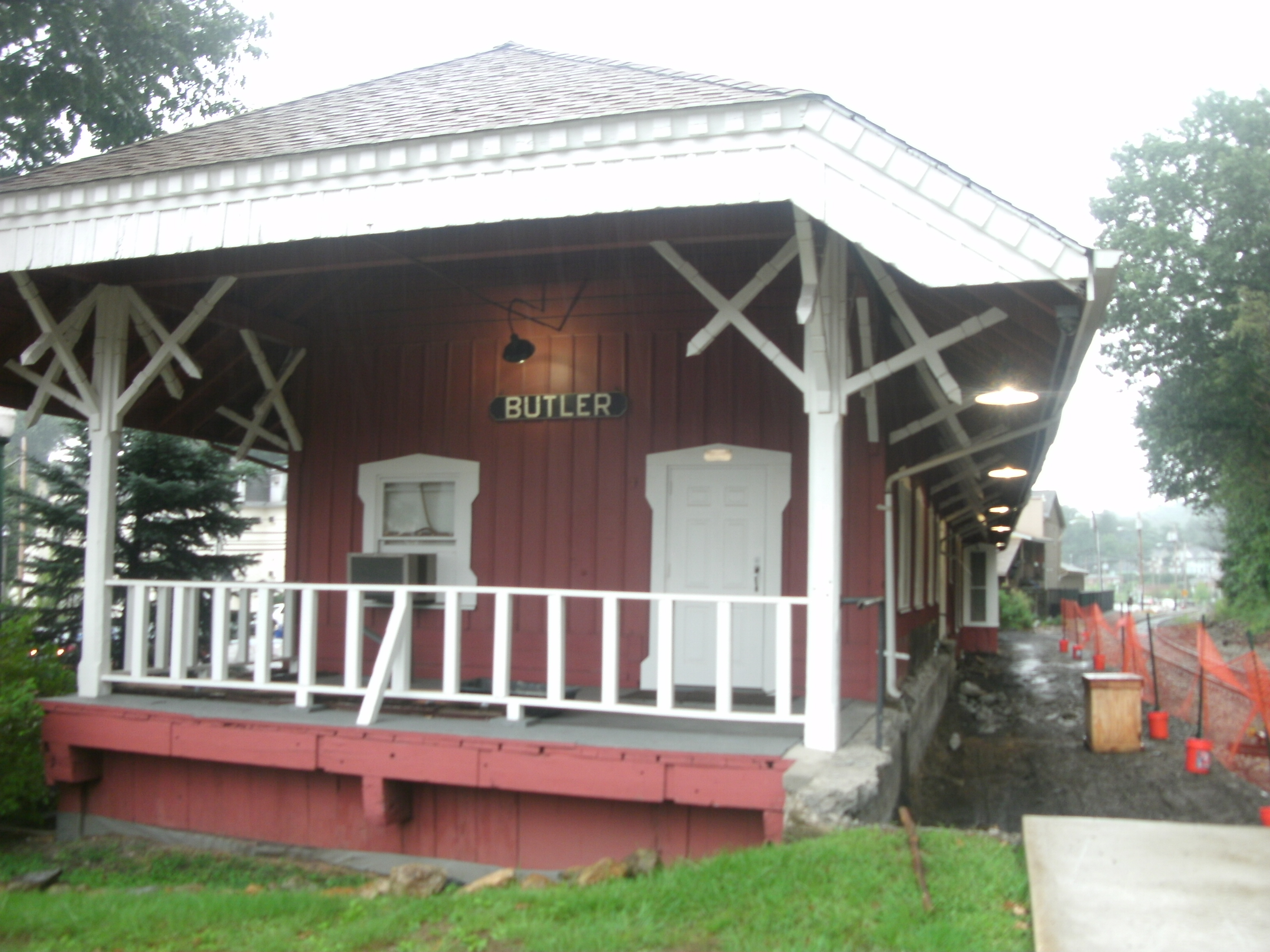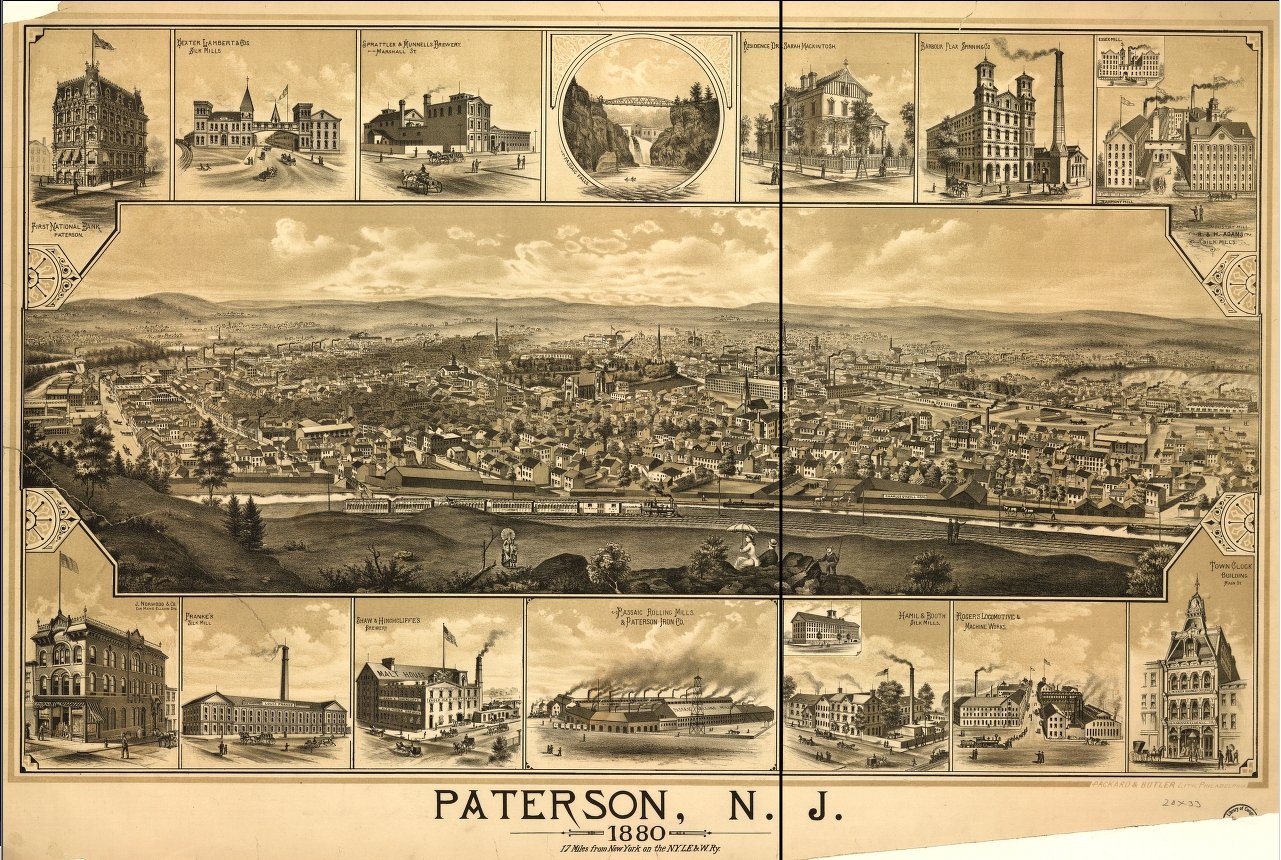|
Butler, NJ
Butler is a borough in Morris County, New Jersey, United States. As of the 2020 United States census, the borough's population was 8,047, an increase of 508 (+6.7%) from the 2010 census count of 7,539, which in turn reflected an increase of 119 (+1.6%) from the 7,420 counted in the 2000 census. Butler was incorporated as a borough by an act of the New Jersey Legislature on March 13, 1901, from portions of Pequannock Township.Snyder, John P''The Story of New Jersey's Civil Boundaries: 1606-1968'' Bureau of Geology and Topography; Trenton, New Jersey; 1969. p. 191. Accessed October 25, 2012. History The area now known as Butler was originally called "West Bloomingdale" and was sparsely populated. Water power brought manufacturing entities to the area. In 1857, The Pequannock Valley Paper Company moved from Bergen County and in 1868 the Newbrough Hard Rubber Company built a factory, both based along the Pequannock River. These were two significant economic entities that contr ... [...More Info...] [...Related Items...] OR: [Wikipedia] [Google] [Baidu] |
Borough (New Jersey)
A borough (also spelled boro), in the context of local government in the U.S. state of New Jersey, refers to one of five ''types'' and one of eleven ''forms'' of municipal government (in addition to those established under a Special Charter). Though it is now the most common form of local government in New Jersey, by 1875 only 17 boroughs had been created, all by special acts of the legislature. These original boroughs were ''subdivisions'' of townships, established by state charter; Elizabeth was the first, established by royal charter in 1740, within the now defunct Elizabeth Township. About half of them had been dissolved, or changed into other forms of government—often cities. In 1875, a constitutional amendment prohibited such local or special legislation.Snyder, pp. 23, 237; Elizabeth, for example, was rechartered by the state in 1789, and became a city in 1855; Trenton had been chartered in 1746 and surrendered its charter in 1750. Legislation The Borough Act of 1878 al ... [...More Info...] [...Related Items...] OR: [Wikipedia] [Google] [Baidu] |
United States Postal Service
The United States Postal Service (USPS), also known as the Post Office, U.S. Mail, or Postal Service, is an independent agency of the executive branch of the United States federal government responsible for providing postal service in the U.S., including its insular areas and associated states. It is one of the few government agencies explicitly authorized by the U.S. Constitution. The USPS, as of 2021, has 516,636 career employees and 136,531 non-career employees. The USPS traces its roots to 1775 during the Second Continental Congress, when Benjamin Franklin was appointed the first postmaster general; he also served a similar position for the colonies of the Kingdom of Great Britain. The Post Office Department was created in 1792 with the passage of the Postal Service Act. It was elevated to a cabinet-level department in 1872, and was transformed by the Postal Reorganization Act of 1970 into the U.S. Postal Service as an independent agency. Since the early 1980s, m ... [...More Info...] [...Related Items...] OR: [Wikipedia] [Google] [Baidu] |
New York, Susquehanna And Western Railway
The New York, Susquehanna and Western Railway (or New York, Susquehanna and Western Railroad and also known as the Susie-Q or the Susquehanna) is a Class II American freight railway operating over 400 miles (645 km) of track in the northeastern U.S. states of New York, Pennsylvania, and New Jersey. The railroad was formed in 1881 from the merger of several smaller railroads. Passenger service in northern New Jersey was offered until 1966. The railroad was purchased by the Delaware Otsego Corporation in 1980, and saw success during the 1980s and 1990s in the intermodal freight transport business. The railroad uses three main routes: a Southern Division running from Jersey City, New Jersey to Binghamton, New York and a Northern Division formed by two branches north of Binghamton serving Utica and Syracuse. The Utica Branch is notable for street running down the center of Schuyler Street. History Before the New York, Susquehanna and Western Railway The New Yor ... [...More Info...] [...Related Items...] OR: [Wikipedia] [Google] [Baidu] |
Paterson, New Jersey
Paterson ( ) is the largest City (New Jersey), city in and the county seat of Passaic County, New Jersey, Passaic County, in the U.S. state of New Jersey.New Jersey County Map New Jersey Department of State. Accessed July 10, 2017. As of the 2020 United States census, its population was 159,732, rendering it New Jersey's List of municipalities in New Jersey, third-most-populous city. The United States Census Bureau, Census Bureau's Population Estimates Program calculated that the city's population was 157,794 in 2021, ranking the city as the List of United States cities by population, 163rd-most-populous in the country. Paterson is known as the Silk City for its dominant role in silk production during the latter half of the 19th century.Thoma ... [...More Info...] [...Related Items...] OR: [Wikipedia] [Google] [Baidu] |
New Jersey Midland Railroad
The New Jersey Midland Railway was a 19th-century predecessor to the New York, Susquehanna and Western Railway (NYS&W) that operated in Northern New Jersey and Orange County, New York. Formation and construction The New Jersey Midland Railway can trace its roots back to the failed New Jersey, Hudson & Delaware Railroad (NJH&D), chartered in 1832 to connect industrial Paterson, New Jersey, east to the ports along the Hudson Waterfront opposite New York City at Hoboken and west to Pennsylvania at the Delaware Water Gap. Though the company did not construct any track, the charter remained active until 1870, and the company cleared a right of way from Sandyston to New York. In the mid-1860's, several companies were formed to create railroads across northern New Jersey. The earliest of these, the Hoboken, Ridgefield and Paterson Railroad was chartered in 1866 to connect Paterson with the ports along the Hudson River waterfront; various logistical issues ensured this company ... [...More Info...] [...Related Items...] OR: [Wikipedia] [Google] [Baidu] |
Pequannock River
The Pequannock River is a tributary of the Pompton River, approximately long, located in northern New Jersey in the United States. It rises in eastern Sussex County, near Highland Lakes on the north side of Hamburg Mountain. It flows southeast to Stockholm, then east-southeast, in a gap north of Green Pond Mountain and other ridges, past Butler and Bloomingdale. It joins the Ramapo River at Pompton Plains in Pequannock Township to form the Pompton. In its upper course, it forms part of the county line between Passaic and Morris counties. It is impounded near its source to form the Oak Ridge Reservoir. The river is relatively unspoiled compared to other rivers in the region. It is a popular spot for recreation trout fishing in its upper reaches. Fishing, hunting, and other recreational uses of the river and watershed are controlled by the City of Newark'Division of Watershed Development which requires permits for all such uses. The Pequannock watershed is the source of most ... [...More Info...] [...Related Items...] OR: [Wikipedia] [Google] [Baidu] |
Bergen County, New Jersey
Bergen County is the most populous county in the U.S. state of New Jersey.Annual Estimates of the Resident Population: April 1, 2010 to July 1, 2018 - 2018 Population Estimates , . Accessed May 17, 2019. As of the , the county's population was 955,732, an increase of 50,616 (5.6%) from the 905,116 residents in the [...More Info...] [...Related Items...] OR: [Wikipedia] [Google] [Baidu] |





